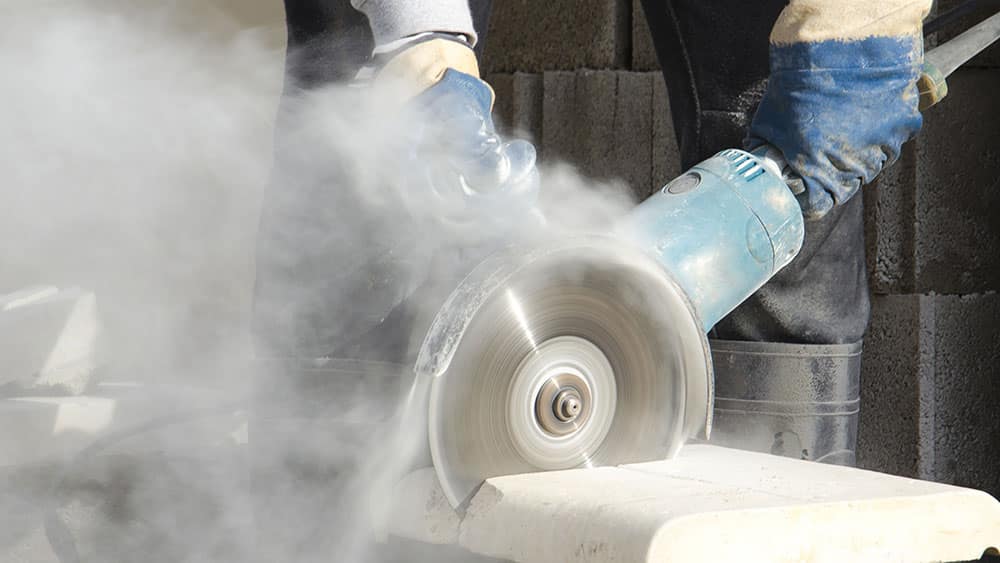
For facilities or operations that generate dust, the risk of an explosion is a lot higher than you might think. Assessing the risk — and implementing additional safeguards, as needed — is not only necessary to ensure the protection of your workers and facility, it is now required by code.
The latest edition of the International Fire Code (IFC) and NFPA 1 requires compliance with NFPA 652 (Standard on the Fundamentals of Combustible Dust). This standard mandates that operators of facilities with potentially combustible dust perform a Dust Hazard Analysis (DHA). This analysis is an evaluation of the fire, deflagration and explosion hazards within the facility.
Workers and facilities that manufacture or handle combustible particulate solids are susceptible to fire and explosion risks, which can be caused by a variety of industrial applications on materials such as metal, wood, fiberglass and laminates.
Between 1980 to 2005, there were 281 combustible dust incidents nationwide, killing 119 workers and injuring 718, according to the U.S. Chemical Safety Board. Advances in technology, coupled with tighter regulations, have improved safety in recent years. Still, from 2016 to 2018, there were an average of 31 incidents per year, with an average of four fatalities and 34 injuries per year.
Operations undergoing material modification or changes to their processes are required to complete a DHA. The latest NFPA 652 also requires all facilities with existing, unchanged processes to complete a DHA by Sept. 7, 2020.
A Dust Hazard Analysis serves three purposes:
A Dust Hazard Analysis consists of a systematic review of a facility to determine fire and explosion hazards associated with the presence of combustible particulate solids in a process or facility.
The first step in achieving code compliance is to identify whether the dust in your facility is combustible or non-combustible. Many materials can be explosive in dust form, and testing is often necessary to be certain.
A Dust Hazard Analysis is required if the dust is combustible and should address several key questions:
If no hazard exists and ignition is not feasible, the facility’s process for handling dust is documented. Existing safeguards are reviewed if a hazard exists.
If existing safeguards are appropriate and reliable, the DHA concludes. If not, additional safeguards are identified and an implementation plan is put into action. This could include changes to the materials being used, the facility’s processes or operations, or even the facility itself.
A Dust Hazard Analysis should be performed by a qualified person. The standard states the person should be familiar with the facility’s:
The qualified person could be the owner or operator of the facility or an outside entity, such as an engineer, consultant or equipment manufacturer.

With the expertise of an in-house engineering team consisting of electrical and mechanical engineers, licensed structural engineers and code compliance specialists, Global Finishing Solutions (GFS) can aid customers in completing a Dust Hazard Analysis. Geoff Raifsnider, a senior mechanical engineer for GFS, serves on NFPA technical committees and is involved in the formation, review and revision of fire safety codes and standards.
GFS also offers solutions to safely and effectively capture dust produced from sanding, grinding and blasting operations. This includes a full range of Dust Collection Booths and Dust Collection Modules. GFS has experience dealing with a range of materials and applications and can recommend equipment that meets your business’ needs.
One of the best ways to highlight your business is through a story that you can share across your online platforms. It humanizes your business and shows that your business can make a meaningful impact. Your testimonial would be used as a project profile on the GFS Booth Blog and can be shared on your website and/or social media channels.
Complete this form and we’ll be in touch to showcase your company.

Shop a variety of GFS aftermarket products, including booth protection products and mobile accelerated curing units. And enjoy the convenience of fast and free ground shipping throughout the contiguous United States.

Located at GFS’ headquarters in Osseo, Wisconsin, the Center for Excellence is an innovative facility featuring an automotive refinish training center, as well as a separate space dedicated to technical product training.

GFS is continuously searching for talented, ambitious individuals to join our team. We aim to provide our employees with every opportunity to make an impact on the company and find their niche along the way — weather in a production, field services or an office position.